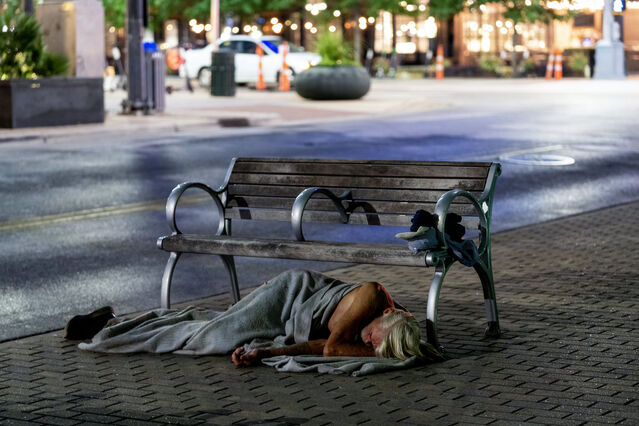The National Coalition For The Homeless is releasing a vital informative report called Design Against Humanity, highlighting the many ways that Hostile Architecture is used to prevent full use of public space, especially by certain members of our communities.
We have witnessed many examples of hostile architecture in the five cities visited so far on the Local Power Tour – Los Angeles, Sacramento, Seattle, Miami and Atlanta. Most all the cities placed boulders throughout underpasses or in front of city buildings, have benches with bars in the middle, and/or use eco blocks to prevent RVs from stopping and parking.
Seattle had the most aggressive usage of some of these methods. There were eco blocks in industrial areas installed by the local businesses to ensure no RVs or cars could park near or in front of their businesses. There were fenced off areas surrounding underpasses and anywhere people could possibly stop and rest.
Los Angeles uses loud music in their metro stations and, after a recent sweep in Hollywood, planters of various sizes were installed to avoid the return of long term residents, their tents and belongings.
Miami has double fencing surrounding their underpasses to prevent people from seeking shelter from the extreme heat and rainstorms. Atlanta has employed similar tactics installing boulders under the highways as well.
The use of these forms of hostile architecture often result in forcing the unhoused to go into hiding and relocate, often far away from any social services. It all reads like a slow migration to push the unhoused farther and farther out of site and further from permanent housing. But many of these efforts also make public spaces unwelcome to people who have disabilities, families, and older persons.
Many people are not aware of, or do not notice, hostile architecture. Once we understand the examples, we start to see just how much our cities have made public space unwelcoming. This report will help educate and aid our communities and elected officials in understanding the struggles of the people displaced around their cities, where the architecture is often designed to work against them.
- Written by Mary Cellini, who leads an NCH Field Office from her organization Housing is Human Right, a project of the Aids Health Foundation.






